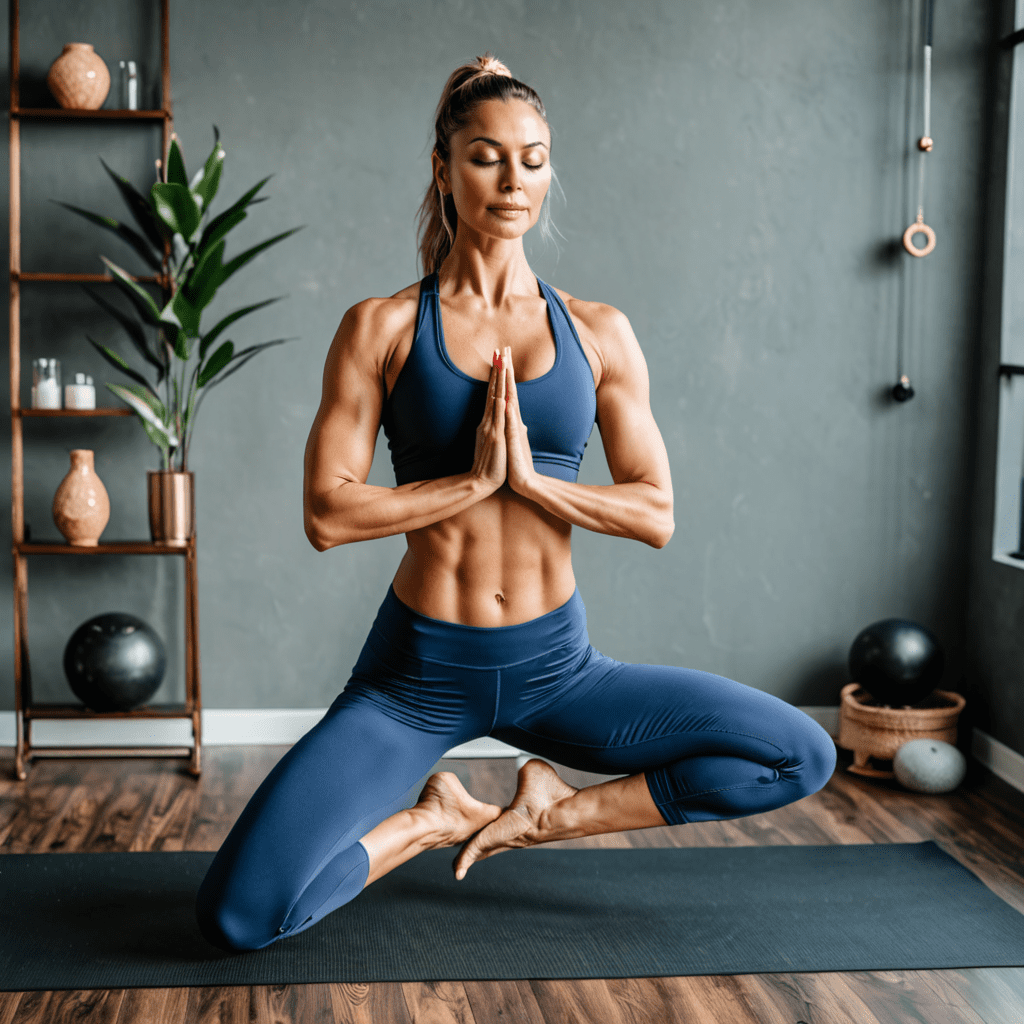I. Introduction:
The Power of Posture: Integrating Wellness Practices for Holistic Health
Posture – it's more than just standing up straight. It's the foundation of our physical well-being, impacting everything from pain and breathing to mood and mental clarity. But in today's fast-paced world, poor posture has become an epidemic, leading to a host of health concerns.
Holistic Health: A Whole-Body Approach
Holistic health recognizes the interconnectedness of our physical, emotional, mental, social, and spiritual dimensions. Each aspect influences the others, and true well-being requires attention to all. Posture, as a key element of physical health, plays a crucial role in this holistic approach.
Integrating Wellness Practices:
By integrating various wellness practices into our daily lives, we can address posture holistically. This approach goes beyond simply correcting our alignment; it cultivates a mindful awareness of our body and its connection to our overall well-being.
II. The Impact of Posture on Health:
A Deeper Look:
Good posture isn't just about aesthetics; it's essential for optimal health. Proper alignment:
- Supports healthy spine and joints, reducing pain and discomfort.
- Improves breathing by allowing for optimal lung expansion.
- Enhances blood circulation, promoting energy and vitality.
- Boosts mood and cognitive function by influencing brain chemistry.
On the other hand, poor posture can lead to a cascade of negative effects:
- Chronic back pain, headaches, and muscle tension.
- Restricted breathing, leading to fatigue and reduced stamina.
- Increased risk of injuries and falls.
- Negative impact on mental health and self-esteem.
III. Holistic Health and Posture:
A Synergistic Relationship:
The five dimensions of holistic health are intricately linked, and posture plays a role in each:
- Physical: Proper alignment supports healthy organ function, improves circulation, and reduces pain.
- Emotional: Good posture can boost confidence, reduce anxiety, and enhance mood.
- Mental: Improved posture promotes mental clarity, focus, and overall well-being.
- Social: Good posture can project confidence and improve communication.
- Spiritual: Being mindful of our posture can deepen our connection to our bodies and the present moment.
By addressing all dimensions of health, we create a foundation for lasting well-being, and posture plays a key role in this holistic approach.
IV. Integrating Wellness Practices:
A Holistic Approach to Posture Improvement
Yoga: Finding Strength and Flexibility
Yoga poses can effectively strengthen core muscles, improve flexibility, and enhance body awareness, all crucial for good posture. Specific poses like Warrior II, Triangle Pose, and Plank strengthen core and back muscles, while others like Cat-Cow and Downward-Facing Dog improve spinal mobility.
Tai Chi: Gentle Movements for Balance and Coordination
Tai Chi's slow, flowing movements and deep breathing promote better balance and coordination, leading to improved posture. It enhances body awareness and promotes relaxation, reducing stress that can contribute to poor posture.
Mindfulness Meditation: Cultivating Awareness and Relaxation
Being mindful of our posture throughout the day is key to maintaining good alignment. Mindfulness meditation helps cultivate this awareness by focusing on the present moment and bodily sensations. By becoming more aware of our posture, we can consciously correct it and avoid slouching or hunching.
Physical Therapy: Personalized Solutions for Specific Needs
Physical therapy provides personalized exercises and stretches to address specific postural issues. A physical therapist can assess your individual needs and create a tailor-made program to improve muscle imbalances, strengthen weak areas, and correct alignment issues.
V. Benefits of Integrating Wellness Practices:
A Holistic Transformation
The benefits of integrating these wellness practices into your life extend far beyond improved posture:
- Enhanced Posture and Alignment: By strengthening core muscles, improving flexibility, and promoting awareness, these practices help you maintain proper alignment and reduce pain.
- Reduced Pain and Discomfort: Strengthening muscles and improving posture can alleviate back pain, headaches, and other musculoskeletal issues.
- Increased Flexibility and Balance: Improved flexibility allows for greater range of motion, while enhanced balance reduces the risk of falls and injuries.
- Enhanced Mental Clarity and Focus: Improved posture and reduced stress can lead to increased mental clarity, focus, and overall cognitive function.
- Reduced Stress and Anxiety: Mindfulness practices and gentle movements like Tai Chi can effectively reduce stress and anxiety, promoting relaxation and overall well-being.
VI. Creating a Personalized Plan:
Tailoring Your Wellness Journey
Here's how to create a personalized plan for integrating wellness practices into your daily life:
- Assess Your Needs: Identify your specific postural issues and areas you want to improve.
- Choose Your Practices: Select practices that resonate with you, whether it's yoga, tai chi, meditation, or physical therapy.
- Start Gradually: Begin with short, manageable sessions and gradually increase duration and intensity as you progress.
- Be Consistent: Consistency is key for seeing long-term results. Aim for daily or at least regular practice.
- Listen to Your Body: Pay attention to your body's signals and adjust your practice accordingly.
- Seek Professional Guidance: Consider consulting a qualified yoga instructor, tai chi teacher, or physical therapist for personalized guidance.
By integrating these wellness practices into your daily routine, you'll embark on a journey towards improved posture, enhanced physical and mental well-being, and a more holistic approach to health.
FAQ:
Frequently Asked Questions about Posture and Holistic Health:
1. What are some tips for maintaining good posture throughout the day?
- Be mindful of your posture when sitting, standing, and walking.
- Use ergonomic furniture and adjust your workstation for proper alignment.
- Take regular breaks to move around and stretch.
- Incorporate posture-correcting exercises into your daily routine.
2. Can poor posture be corrected?
Yes, poor posture can be corrected through a combination of strengthening exercises, stretching, and mindfulness practices. It may take time and effort, but with consistency and dedication, significant improvements can be achieved.
3. Are there any specific dietary changes that can help improve posture?
Eating a balanced diet rich in fruits, vegetables, and whole grains provides the nutrients needed for healthy bones and muscles, which support good posture. Maintaining a healthy weight also reduces stress on joints and helps maintain proper alignment.
4. How can I find a qualified yoga instructor or physical therapist to help me with my posture?
You can search online directories, ask for recommendations from friends or healthcare providers, or check with local yoga studios or physical therapy clinics. Ensure the professional you choose has experience working with posture-related issues.



